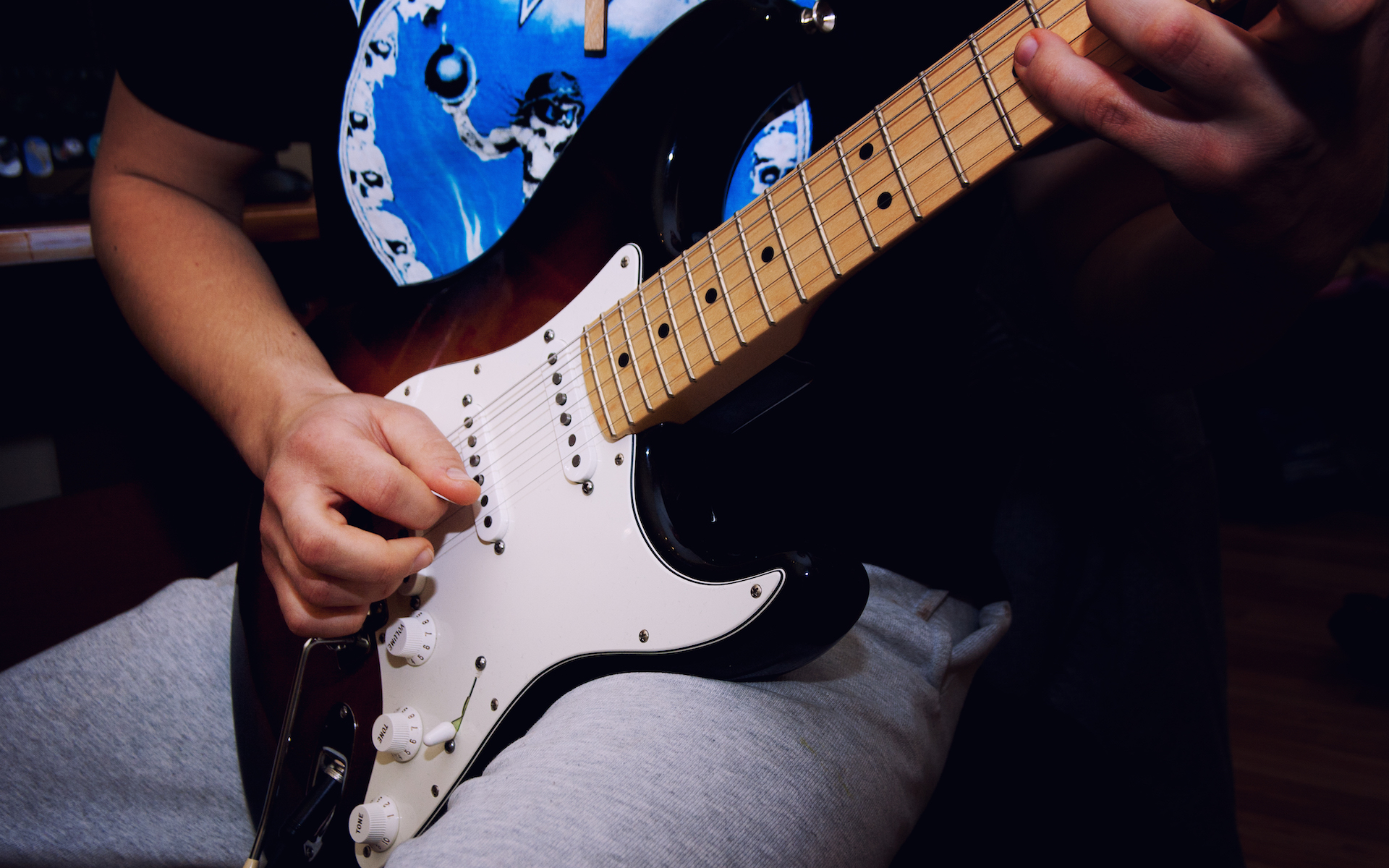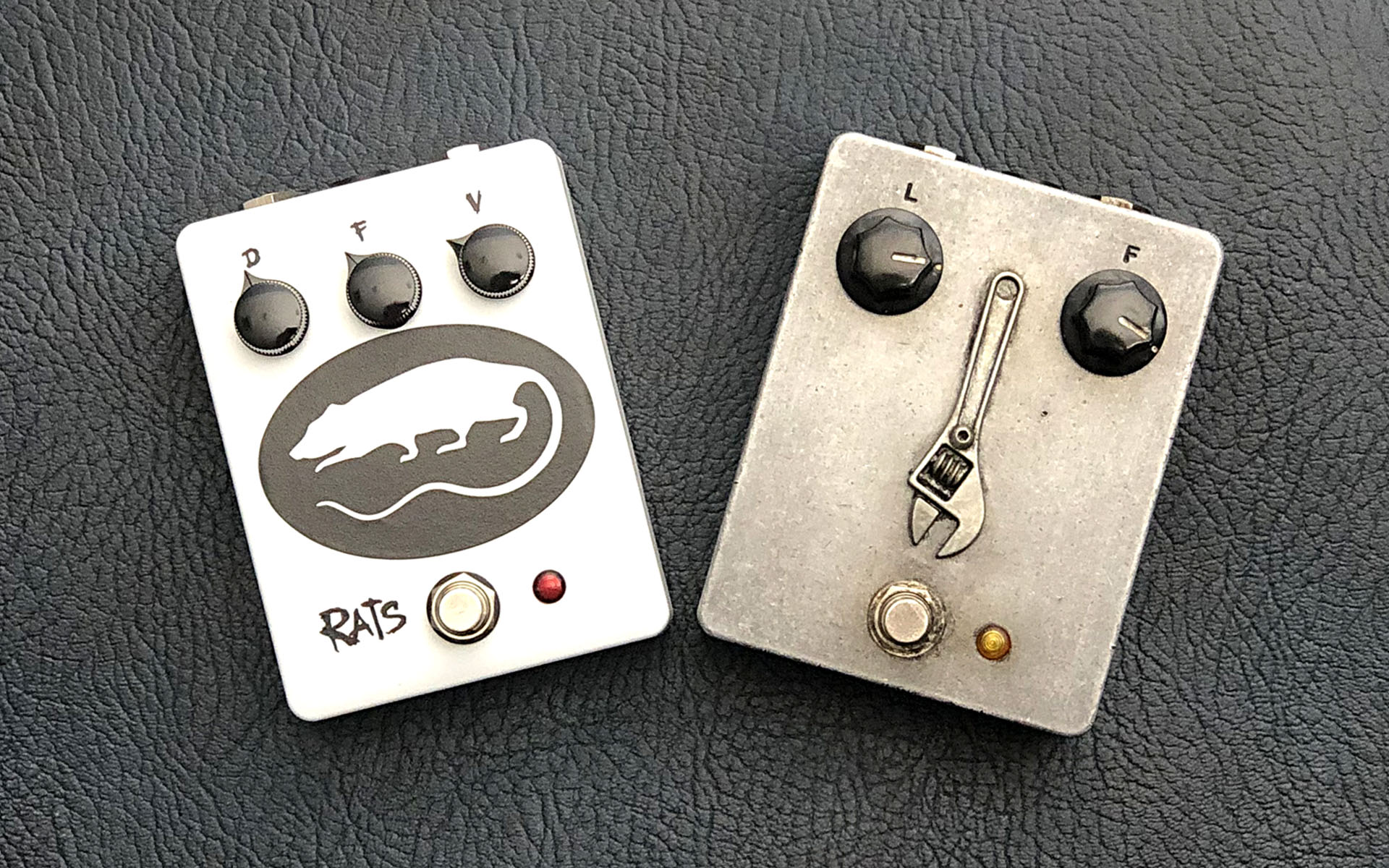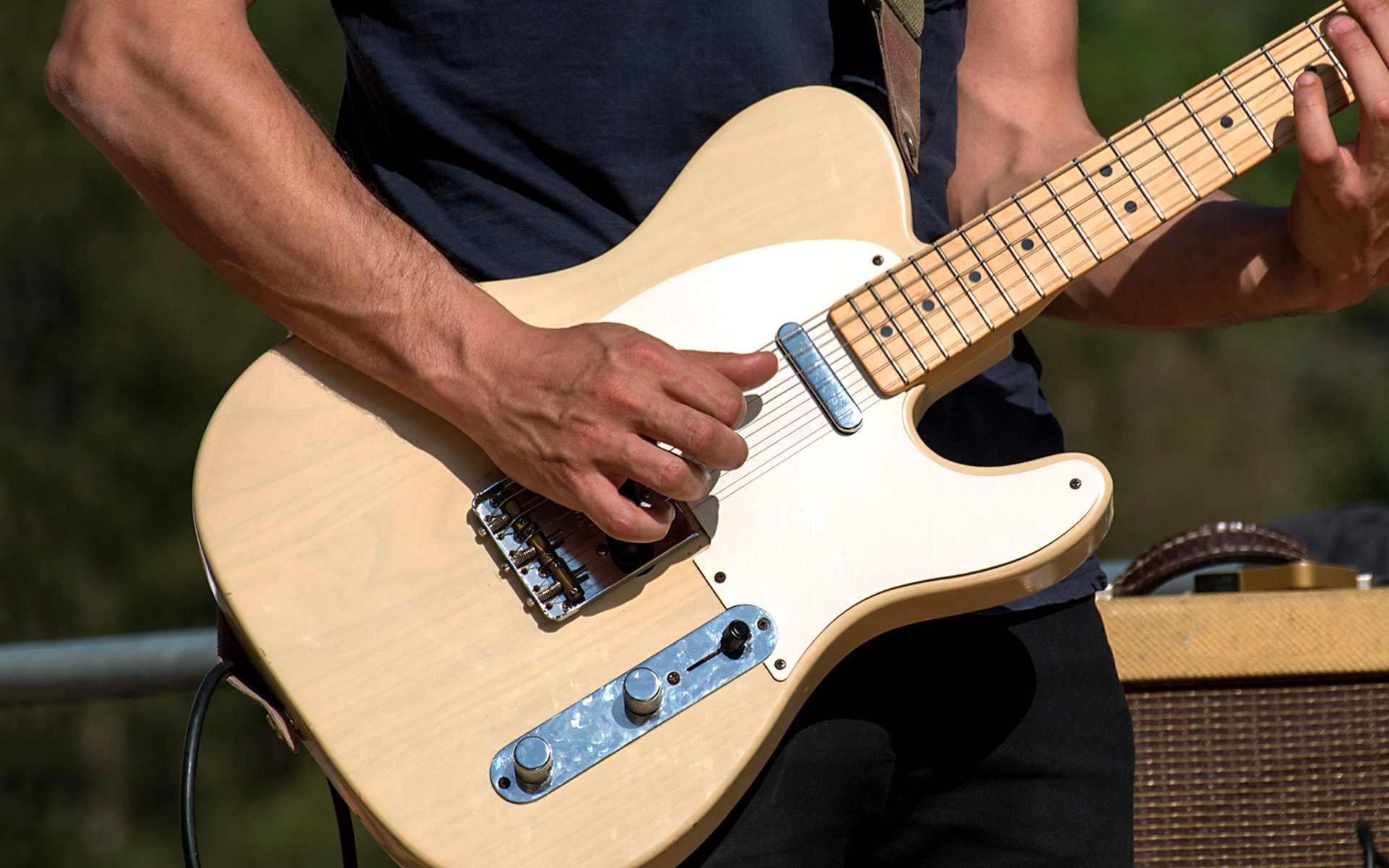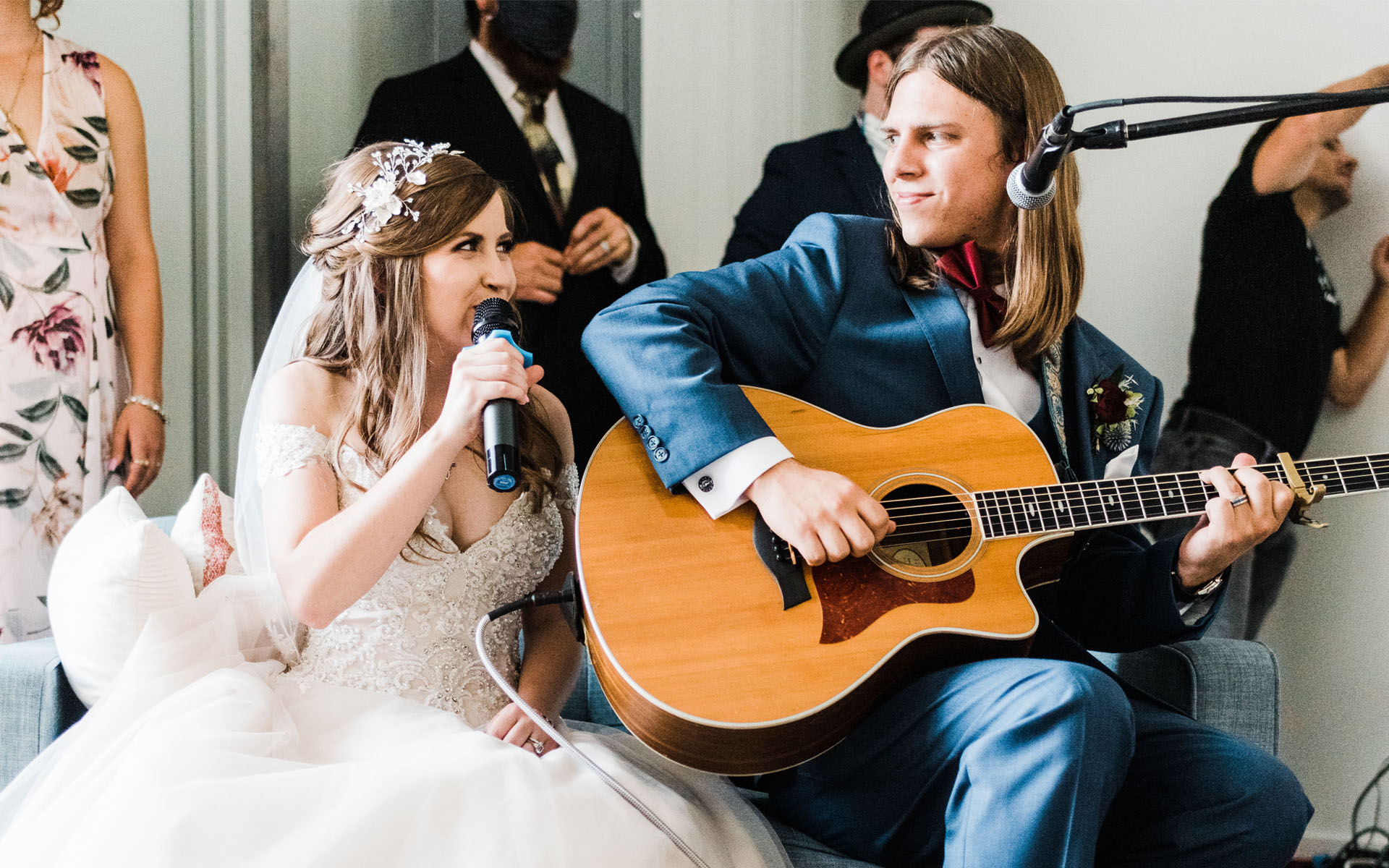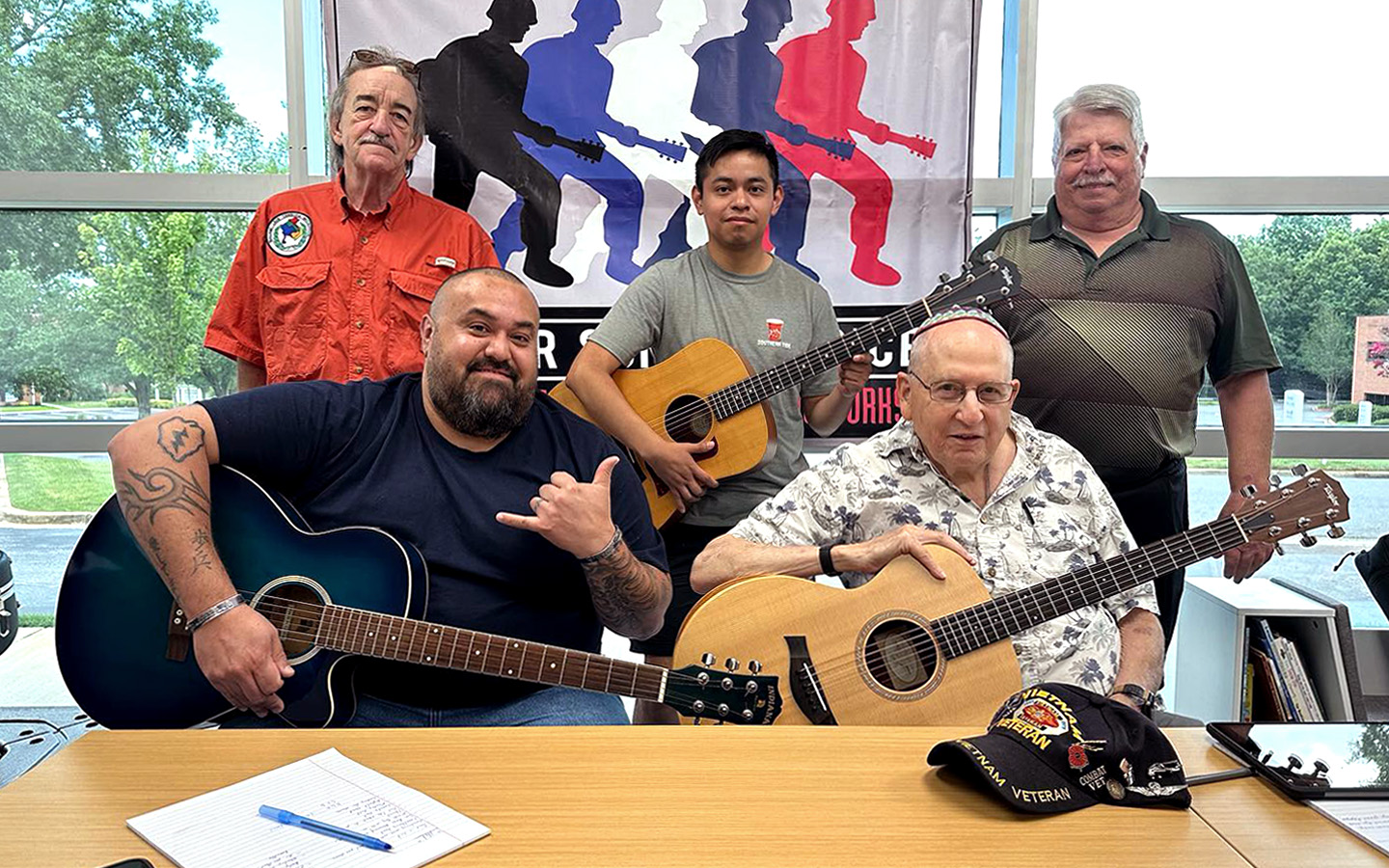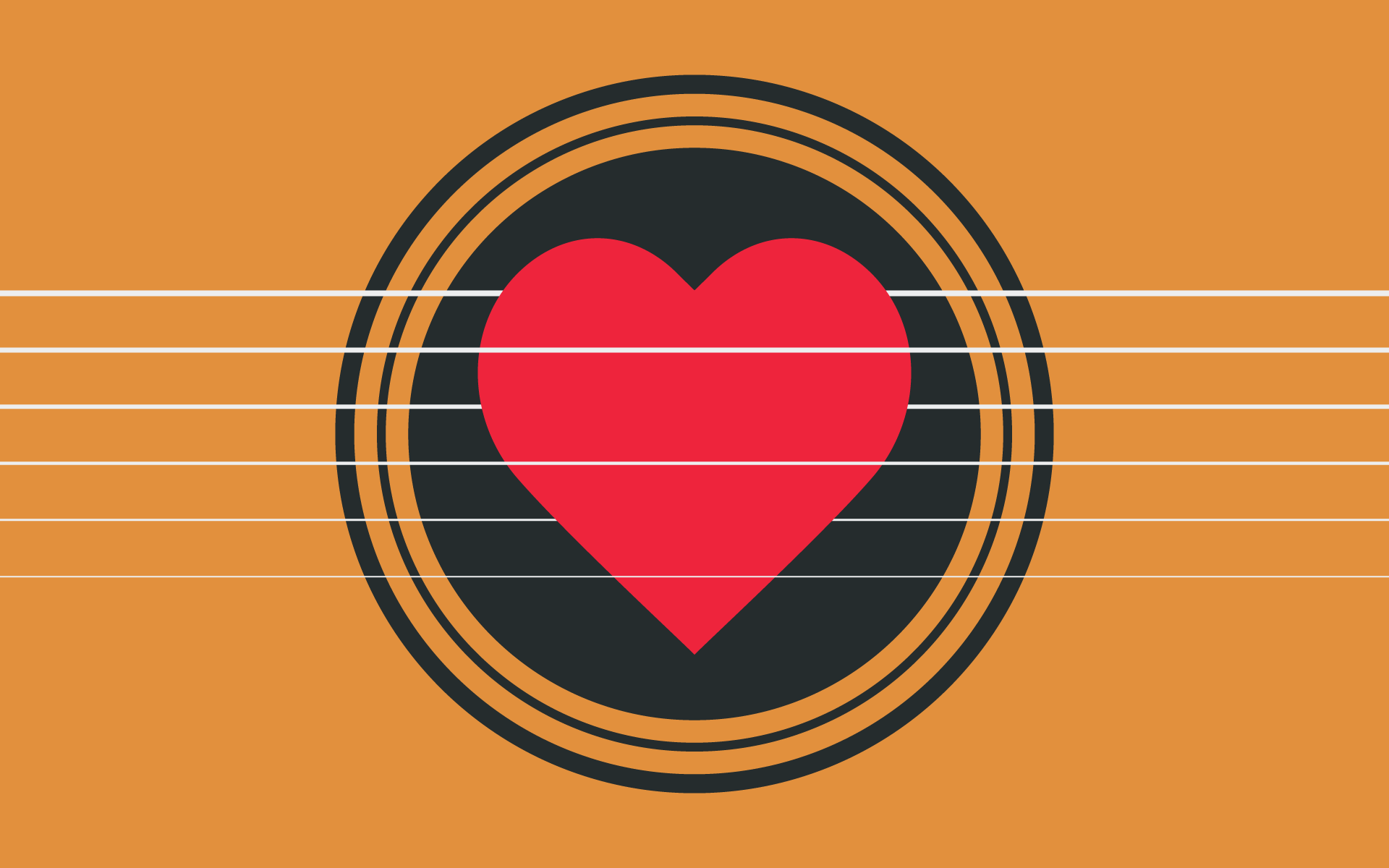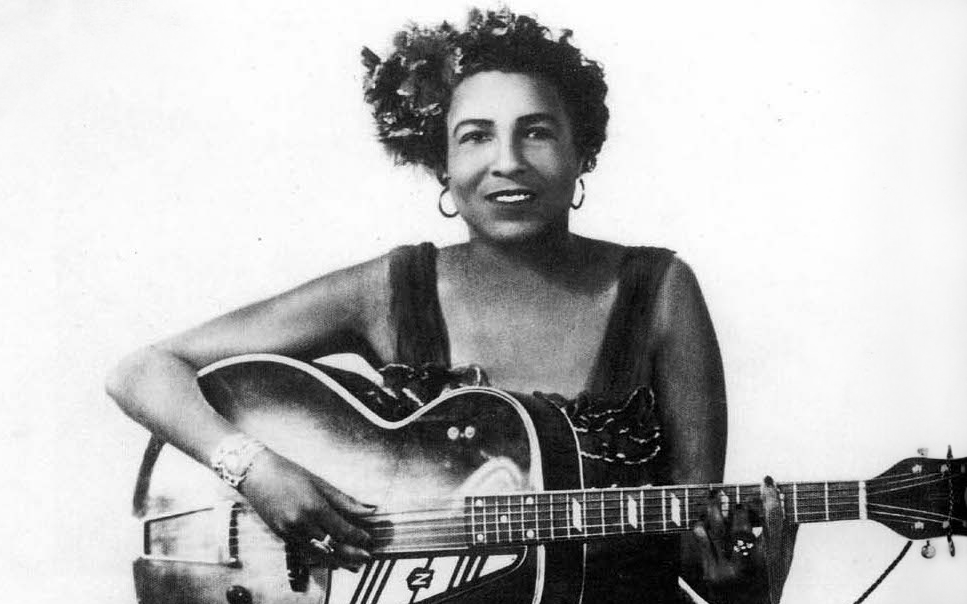Let’s talk about attack devices, or ways to get a string moving. I know it sounds too simple to be true, but this one post might be the difference between you and your signature sound!
In my online course, Funk/Rock and R&B Guitar Soloing, and also in my book, Funk/R&B Guitar: Creative Solos, Grooves, and Sounds, I talk about various ways to get a string vibrating and the colorful sonic palettes that we can create by combinations of these (what I call) attack devices. The first one is simply the way we attack the guitar with a pick, up strokes, and down strokes.
In the book there are a number of exercises we can practice to become proficient at this, but begin by experimenting with the different sounds that are created from the different sides of whatever pick you choose to use. I use the Cool Pick Medium gauge 1.2mm because I like the almost abrasive tone that is created, and the fact that it has a section with a grip, good for those gigs where your pick hand gets a little sweaty. If you are a Strat player, you will find that the five-position switch, in conjunction with a tight or loose pick, will give you too many tones to count.
Picking direction creates tonal differences and based on your preferences, you may work toward making both your up and your down stroke as close as possible in sound, or you can appreciate the differences and incorporate them into your signature sound. Another way to get a string vibrating would be to pluck it with the fingers of your right hand. Plucking strings can be used in conjunction with picking to create an interesting sonic landscape. Often called “hybrid picking” when used in this way, the pick is held in the usual way with the thumb and forefinger, while the middle finger, ring finger, and sometimes the pinky are used in co-operation with the pick.
Hammer-ons become the next level of attack. You can pick a string and then use an available finger on your left hand to hammer on a note to a target fret. The result is a legato, softer attack. Conversely, you can use a finger on your left hand to play a note by an attack device called a pull-off. The finger of the left hand snaps off a note, ostensibly plucking the string in the process, while a lower finger frets the target note. In addition to all of these combinations, you can slide either up or down to a target note, having already utilized any number of ways to get a string vibrating.
All of these methods can contribute greatly to what is recognizable as your tone and the more you master in the way of these attack devices, the more color you will inject into your lines. The number and frequency of combinations are seemingly endless. And if that wasn’t confusing enough, we can even add more variables to these choices by adding the various parameters of effects pedals to the mix: plucked notes usually wind up with more volume than picked notes.
We can use this to our advantage to trigger effects that are velocity- (or volume-) dependent. Overdrive/distortion pedals are the most popular signal level-driven effect. If you set your overdrive right at the threshold, you can play softly and have a relatively clean tone, for example, by picking notes. Plucking notes will create more volume, and thus more overdrive. So a picking pattern using both picking and plucking will sound sonically colorful, with some notes sounding more gritty than others. The resultant effect is almost vocal in nature.
Another effect that can be used in this colorful way is the volume triggered envelope filter or auto-wah. Higher velocity = more wah with these pedals, so you can imagine how colorful your lines can become if you set this pedal’s drive control right on the threshold.
Here is Oz Noy, the New York-based guitarist, playing at the Bitter End. Oz is a player who definitely milks the tone out of that Stratocaster. Enjoy!!
STUDY GUITAR ONLINE WITH BERKLEE





